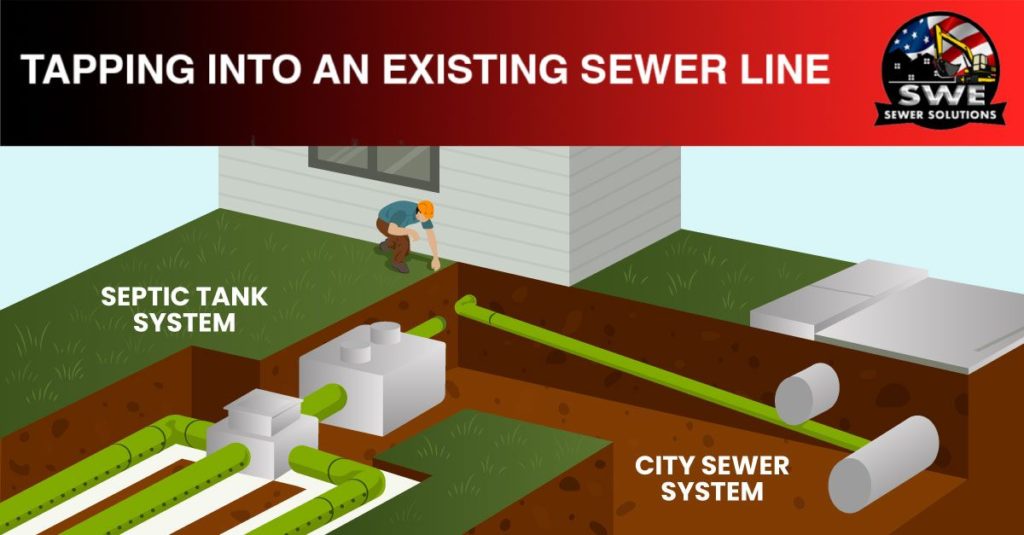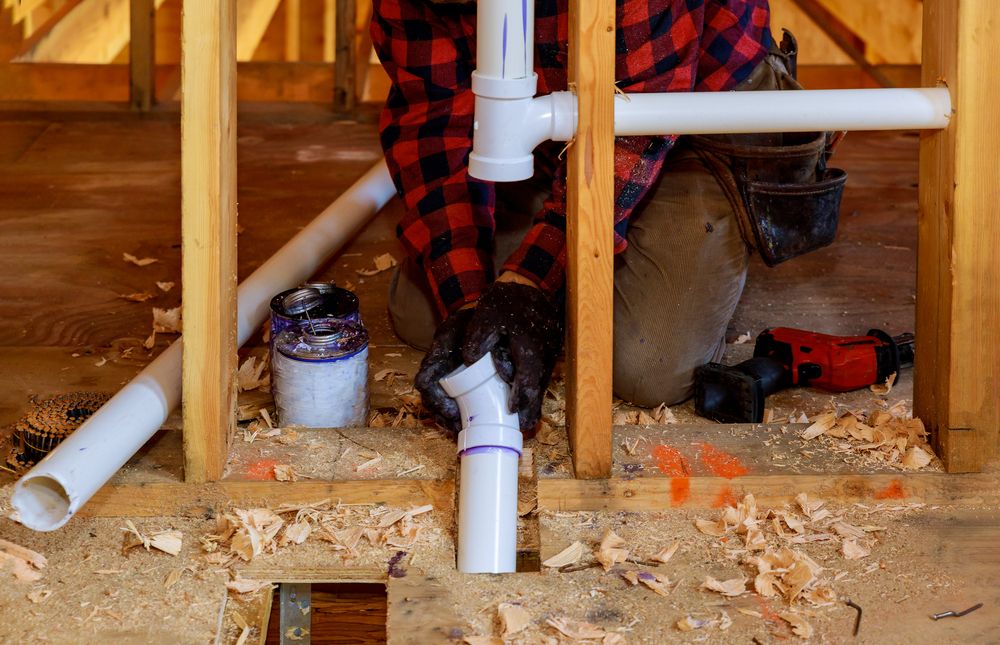The Benefits Of Tapping Into An Existing Sewer Line
If your home is currently connected to a septic tank and your city is running new sewer lines (or a sewer line already exists), it might be time to consider tapping into the new system. Septic tanks are very popular in rural areas, especially in New England and the Southeast. Unfortunately, septic tanks are often the source of water pollution and disease transmission. They also need to be drained every few years to prevent them from overflowing onto your property, which can be a huge mess. This is why experts recommend converting your septic system into a sewer system, tapping into any existing or new sewer lines.

- You won’t have to call someone to pump out your septic tank – Septic tanks need to be pumped and emptied every three to five years. With a city connection, you’ll only need to clean or empty your pipes if they become clogged.
- You won’t need a drain field – Drain fields, also called leach fields or absorption fields, allow septic tanks to dispose of their waste into your soil once it’s been broken down. These fields can deteriorate over time and cause your septic tank to overflow. Once you tap into your city sewer line, you won’t need your drain field anymore.
- You won’t need to worry about your tank leaking – A leaking septic tank can lead to toxic, gross odors and overgrown plant life. There are some cases where your sewer line can leak, but as long as the problem is underneath the city-owned street, then your municipal department should take care of it. If there’s a problem with the sewer line on your property, then it falls under your responsibility.
- Your property value increases – When you connect your home to the city-owned sewer line, your property’s value could increase by 110%.
- You don’t have to worry about permits failing – In some cities, building departments will not approve pools, remodels, or room additions if your home has a septic tank. This is because the extra space in your home will produce more sewage, which means you’ll need to upgrade your septic tank first.
- Your costs will decrease – Quarterly sewer bills are less expensive than installing and maintaining a new septic tank.
What Does Tapping Into An Existing Sewer Line Involve?
Adding New Plumbing Fixtures

Converting From Septic To City
Who Can Help With Tapping Into An Existing Sewer Line?
If you live in the Greater Los Angeles area and need help tapping into an existing sewer line, call SWE Sewer Solutions. We’ve been helping homeowners convert from septic tanks to city-sewer lines for nearly 30 years. We also offer sewer line installation, trenchless sewer repair, sewer line cleaning, and more. Call today for your in-depth inspection and free estimate.